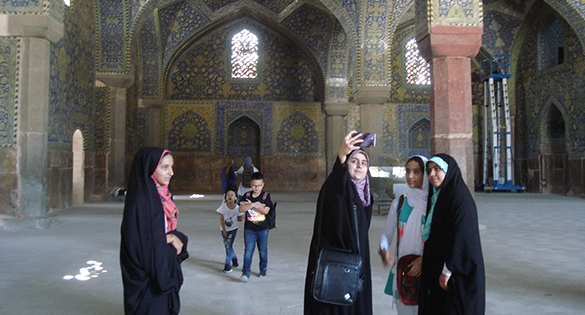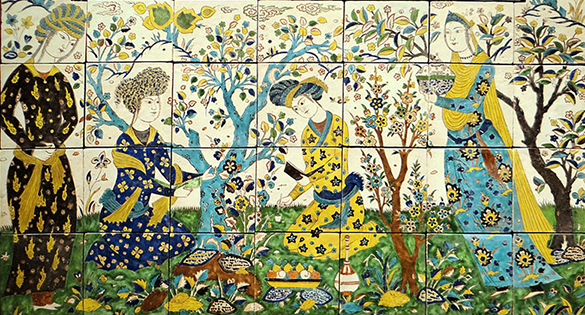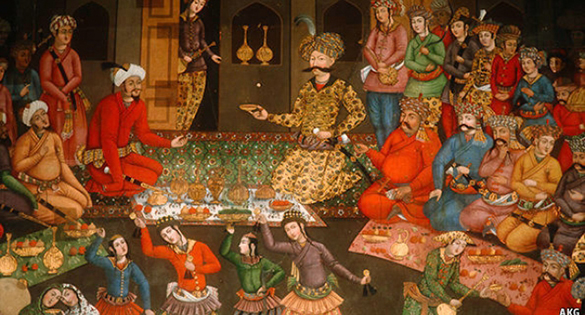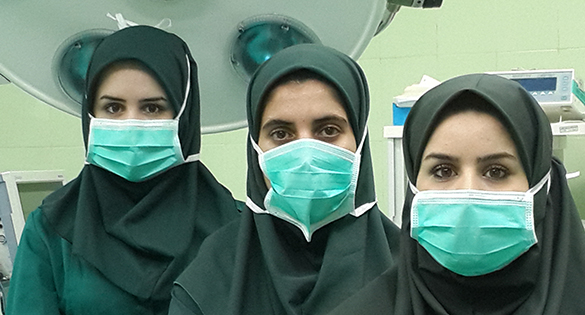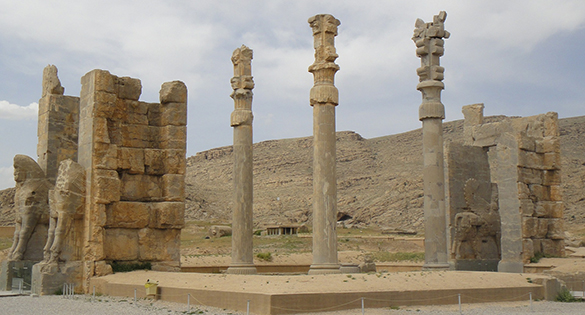Learn to think in a different way:

Reading Persian at Cambridge will have a lasting impact on your life. I can promise that you will work hard and have incredible fun! You will tumble head first into a world which is so different from what you imagine, whether you are attracted to the romance of medieval and pre-modern Persia, or intrigued by the current reputation of contemporary Iran in the media. Like all our lecturers, I love passing on my expertise in, and fascination with, the region to my students, be it the grandeur of Iran's role in the region's history, the intricacies of grammar and the untold rules of colloquial expressions, or for close-reading and literary analysis of medieval Persian poems.
See our flyer [PDF] and FAQs [PDF]
Introduction to Persian at Cambridge
Over 100 million people speak Persian worldwide. It is the official language of Iran (Farsi), Afghanistan (Dari) and Tajikistan (Tajik). There is a long history, too, of Persian in India and it is still taught in many universities in India and Pakistan.
Persian is perhaps most famous for its fine epic and lyric poetry. It is also the second language of Islam with many important works of history, literature, philosophy and Sufism (Islamic mysticism). Like true masterpieces, these works keep their appeal; their depth, scope and wit continue to fascinate us, opening vistas on the societies they address and reflect.
In addition, learning Persian gives you unique access to Iran. This key country in the Middle East, is both politically important and a developing market, so a knowledge of Persian opens up a range of career opportunities, including international relations, development, and a range of commercial options. It may also lead to further academic study in this fascinating language and culture. Studying Persian will give you the opportunity to spend all or part of your year abroad in Iran, and to develop your language skills while learning more about Iranian culture and society.
Persian has changed little over time and uses the same language for speaking and writing. This makes it a straightforward language to learn. We aim to enable you to communicate with the native speakers, to read the great works of Persian literature alongside modern books and media, and to follow Persian films without subtitles.
Be aware that, while Persian uses the same alphabet as Arabic, the two languages are not closely related.
You will study Persian as part of a Middle Eastern Studies degree, studying the language in the context of the culture and history of the broader region. Persian must be combined with another Middle Eastern or European language in Years 1 and 2.
More information about the course
You can see some more details on the course and the individual papers on the pages for Current students and Offer holders under Middle Eastern Studies Course Descriptions
Our Arabic, Persian and Hebrew courses are divided into two pathways
Middle Eastern Studies Pathway
Middle Eastern Studies with a Modern (European) Language Pathway
For more information contact
the Undergraduate Programmes Administrator

